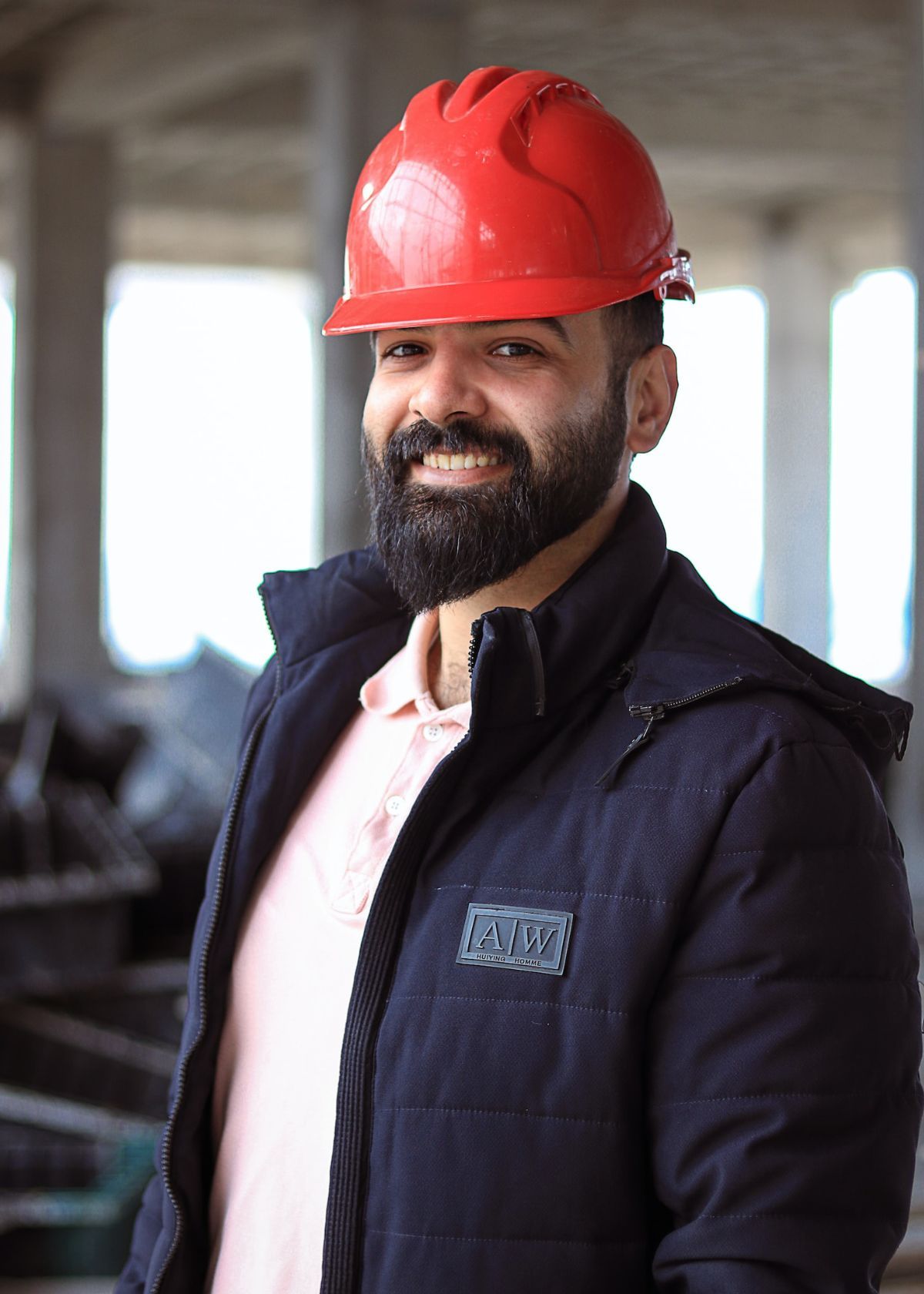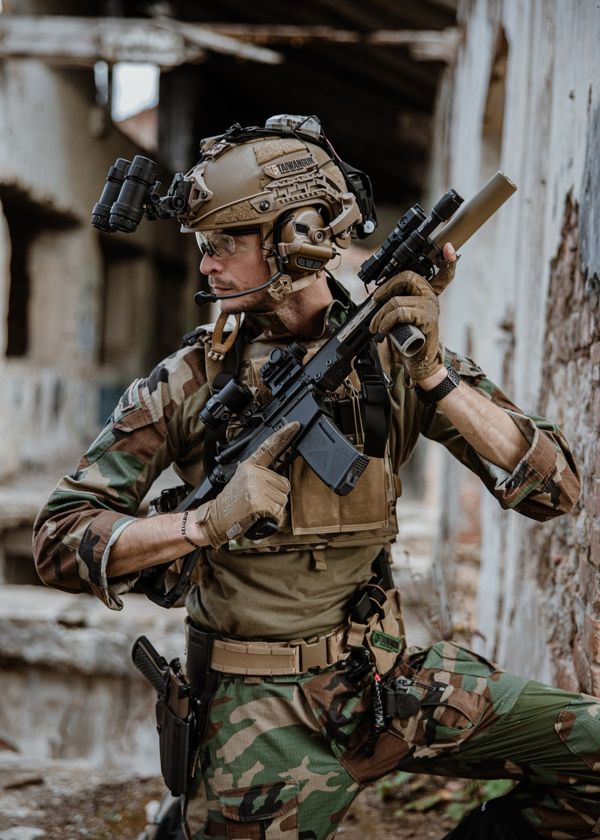Struggling to put a hard hat together? Don’t worry, we got you covered!
Have you ever looked at a pile of pieces and said “how the heck am I supposed to put this together”? We understand. But don't stress because putting that hard hat together just became an easy task with our simple instructions. In no time, it will feel like second nature!
With the help from us, your brain won’t be left in pieces trying to figure out how it all fits together. You'll learn helpful tips and tricks so that you can have your piece-by-piece puzzle complete in record time.
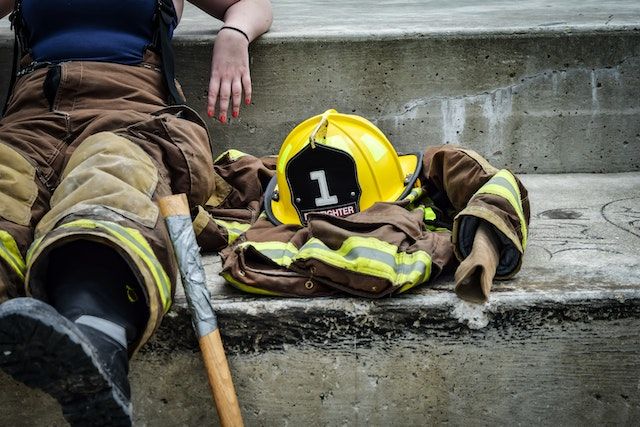
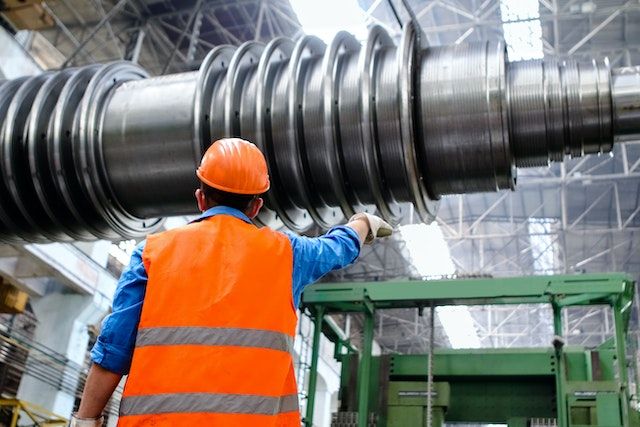
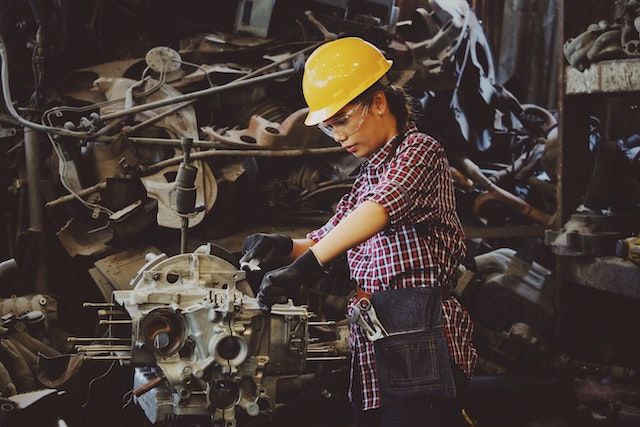
Hard Hats For Beginners
Hard hats are used when you’re under a threat from falling objects that might result from activities with close proximity to:
People or operations where accidental loss or dropping of materials, equipment, tools, or other articles will lead to a head injury
Objects that are stored on platforms, shelves, etc. that might fall and cause a head injury
Posted or barricaded demolition or construction area where there is a chance of head hazards
Overhead exposed energized conductors in the area nearby
What are the different types and classes of hard hats?
- Type 1 – Helmets that are intended to reduce the force of the impact that results in a blow only to the top of your head.
- Type 2– Helmets that are intended to reduce the force of the impact that results in a blow to the top as well as the side of your head.(Really just a Canadian thing fo rthe most part.)
- Class E (previously Class B)– Helmets to be used when electrical hazards are present and are non-conducting and intended for protection against falling objects and reducing the danger of exposure to electric shocks of high voltage. These offer high protection against high-voltage shock and burn protection of up to 20,000 volts.
- Class G (previously Class A)– These are meant for general use and are intended for protection against falling objects and reducing the danger of exposure to electrical conductors of low voltage. They also provide penetration and impact resistance as well as protection against up to 2,200 volts.
How To Put A Hard Hat Together
Putting together a hard hat is a relatively simple process that can be accomplished in five steps.
- Begin by placing the crown of the hard hat onto a flat surface. Make sure it is facing up and that the suspension system straps are not attached to the hardhat yet.
- Next, take out the suspension system from its packaging and attach it to the four slots at the top of the hardhat. Be sure to insert all four tabs firmly into their respective slots so they won’t come loose when you wear your hardhat.
- Once attached, adjust the length of both straps so they fit comfortably on your head when you wear it. The straps should be snug but not too tight as this could cause discomfort or even headaches after long periods of wearing them.
- Now you’re ready to fasten your chin strap onto your hardhat to ensure that it stay securely in place when you put it on your head. Attach one end of the strap with a D-ring buckle near each ear area of your hardhat and then loop the other end around your neck for extra tightening if needed.
- After securely fastening all components, your hard hat is now ready for use! Make sure that all parts are properly secured and adjusted before using your hard hat as part of safety equipment for any activity or job site requirement involving falling objects from height or high impact areas such as industrial manufacturing plants or construction sites equipped with potentially hazardous debris flying into airways during work operations.

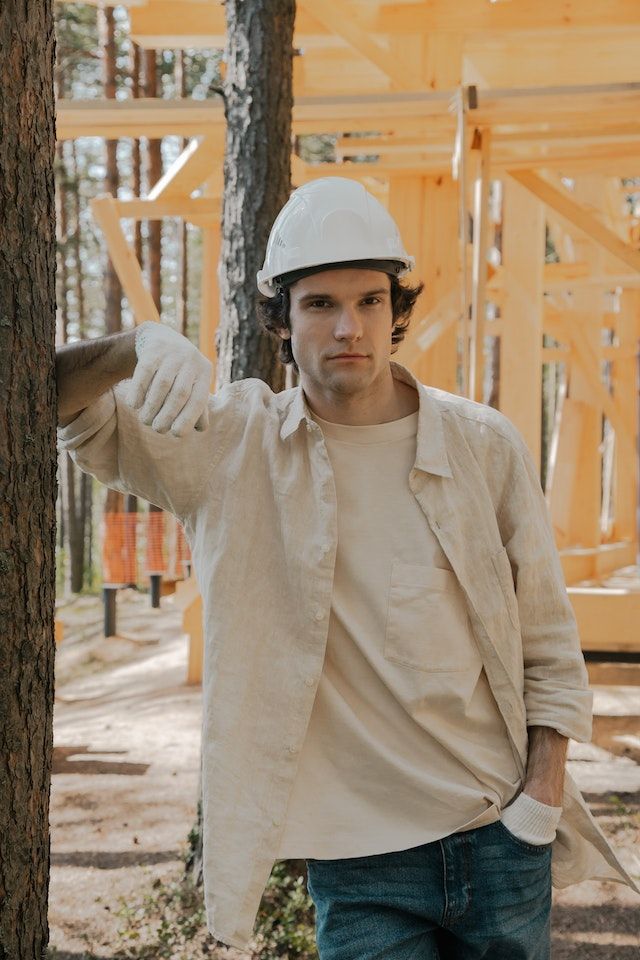
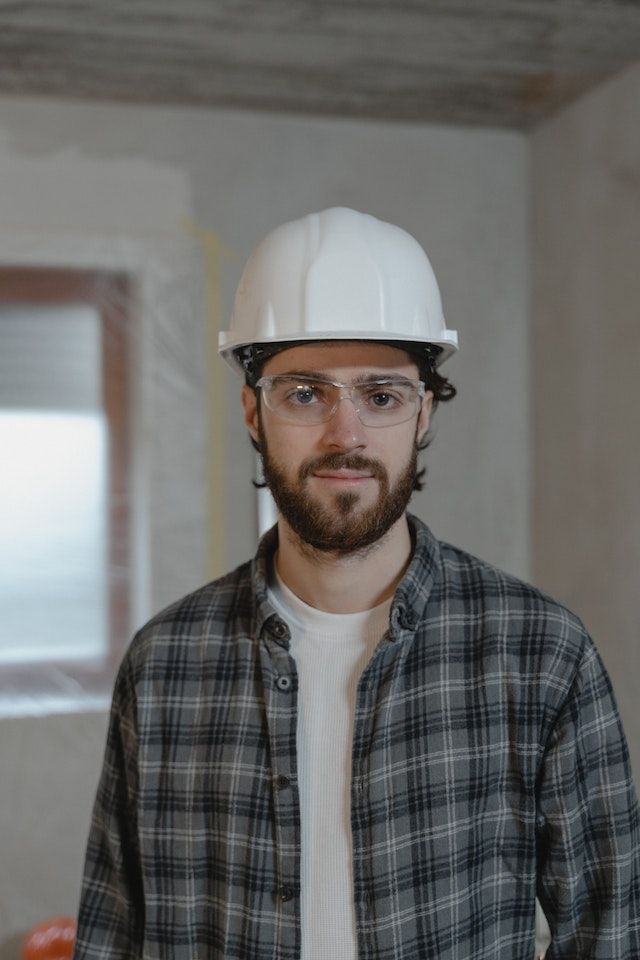
Hard Hat FAQs
You just got a new hard hat, but have no idea how to put it together.
A hard hat is an important piece of safety equipment, and you don't want to mess it up by not assembling it correctly.
We've put together this FAQ about the most commonly searched questions regarding hard hats on the web.
Are hard hats required for this job?
Yes, in many cases, hard hats are required by law for any job that involves potential head injuries from falling or flying objects. OSHA requires hard hats in these situations, so it is important to check with your local regulations before beginning any work.
What type of hard hat do I need?
There are two main types of hard hats: Type I and Type II. Type I protects only the top of the head, while Type II protects the top and sides of the head.
Class C hats don't protect from electrical hazards. It is important to consider what type of environment you will be working in when selecting a hard hat, as different types offer different levels of protection.
Are stickers & paint allowed on my hard hat?
Most manufacturers allow stickers and paint on their hard hats as long as they are applied correctly and do not interfere with the safety features of the helmet.
However, it is important to check with your specific manufacturer before applying anything to your helmet as some may have restrictions or guidelines that must be followed.
How often should I replace my hard hat?
The average period of service use is 2 to 5 years, but most manufacturers recommend replacing a helmet after any significant impact or if there is visible damage such as cracks or dents in the shell or suspension system. It is also important to inspect your helmet regularly for signs of wear and tear that could affect its performance over time.
What tests are used to determine if a hard hat meets safety standards?
Tests for Type 1 and Type 2 hard hats include dielectric strength, impact attenuation, penetration resistance, passive retention, shell integrity testing, and more depending on the type of helmet being tested.
These tests ensure that helmets meet safety standards set by organizations like ANSI/ISEA (American National Standards Institute/International Safety Equipment Association).
Putting together a hard hat is a relatively simple process that doesn't take too long to complete. Before you begin, however, it's important to make sure that the helmet or suspension system straps don't contain any defects or damage before use.
Make sure to securely attach all components and adjust both straps for comfort and fit before putting on your hard hat for any job requiring it.
We've done the research so you don't have to! To browse our Top Picks for Best Hard Hat Lights please click the link below!
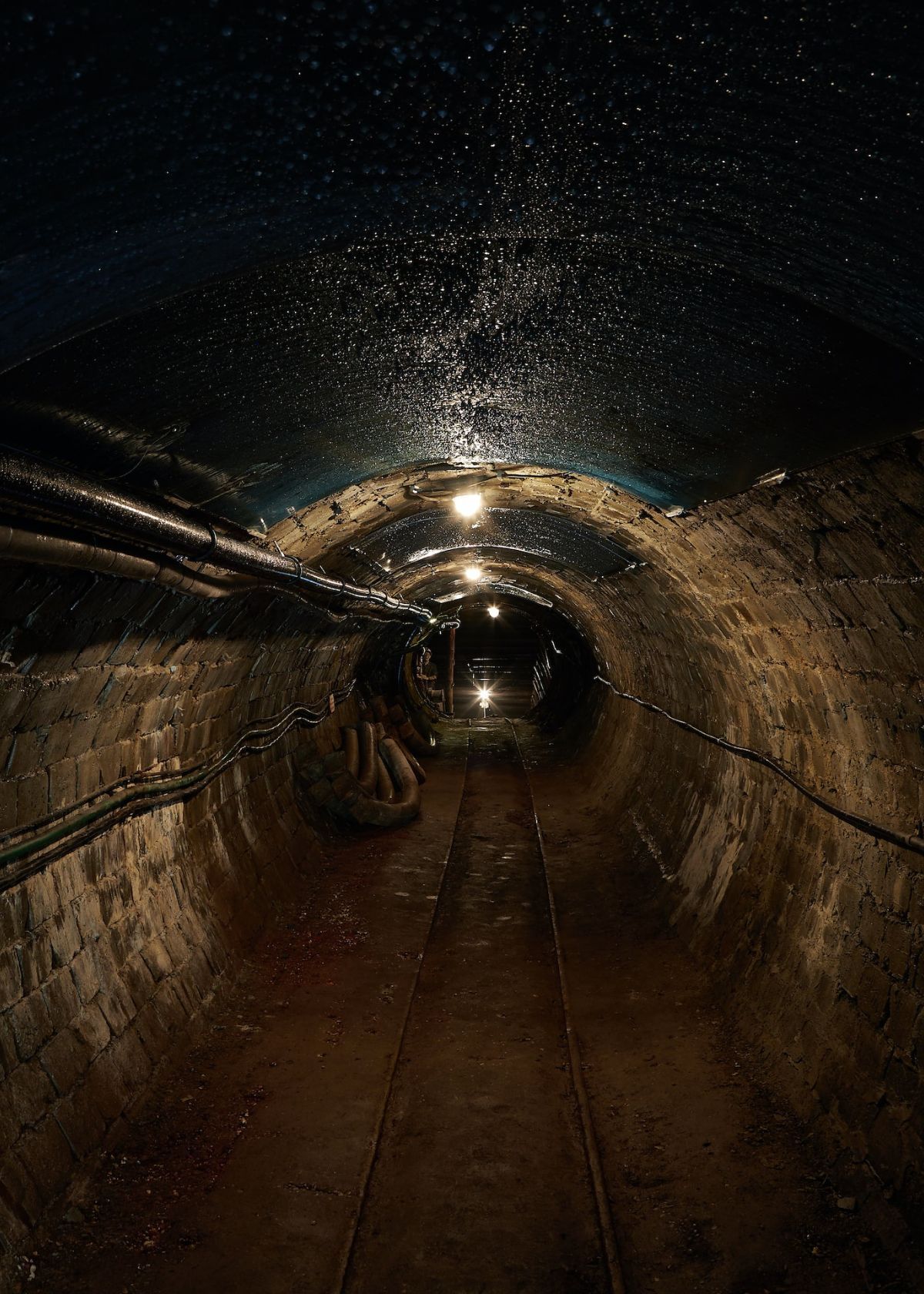
Your Friends,
LoveNatureReviews Team


